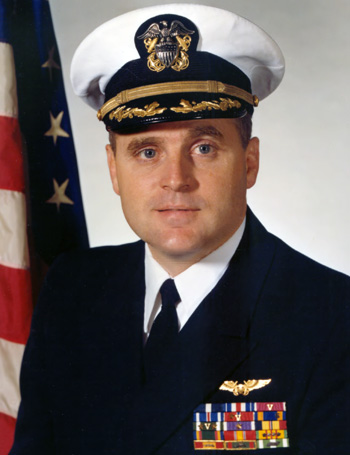From Medal of Honor Citations for the Korean War:
BURKE, LLOYD L.
Rank and organization: First Lieutenant, U.S. Army,
Company G, 5th Cavalry Regiment, 1st Cavalry Division. Place and date: Near
Chong-dong, Korea, 28 October 1951. Entered service at: Stuttgart, Ark. Born: 29
September 1924, Tichnor, Ark. G.O. No.: 43. Citation: 1st Lt. Burke,
distinguished himself by conspicuous gallantry and outstanding courage above and
beyond the call of duty in action against the enemy. Intense enemy fire had
pinned down leading elements of his company committed to secure commanding
ground when 1st Lt. Burke left the command post to rally and urge the men to
follow him toward 3 bunkers impeding the advance. Dashing to an exposed vantage
point he threw several grenades at the bunkers, then, returning for an M1 rifle
and adapter, he made a lone assault, wiping out the position and killing the
crew. Closing on the center bunker he lobbed grenades through the opening and,
with his pistol, killed 3 of its occupants attempting to surround him. Ordering
his men forward he charged the third emplacement, catching several grenades in
midair and hurling them back at the enemy. Inspired by his display of valor his
men stormed forward, overran the hostile position, but were again pinned down by
increased fire. Securing a light machine gun and 3 boxes of ammunition, 1st Lt.
Burke dashed through the impact area to an open knoll, set up his gun and poured
a crippling fire into the ranks of the enemy, killing approximately 75. Although
wounded, he ordered more ammunition, reloading and destroying 2 mortar
emplacements and a machine gun position with his accurate fire. Cradling the
weapon in his arms he then led his men forward, killing some 25 more of the
retreating enemy and securing the objective. 1st Lt. Burke's heroic action and
daring exploits inspired his small force of 35 troops. His unflinching courage
and outstanding leadership reflect the highest credit upon himself, the
infantry, and the U.S. Army.
In addition to his Korean War service, Burke also served as an enlisted combat engineer during World War II and in Army Aviation during the Vietnam War. In addition to the Medal of Honor, he also was awarded the Distinguished Service Cross, the Silver Star Medal, and the Bronze Star Medal for heroism, as well as two Purple Hearts for wounds received. He retired as a Colonel, and had also served as the Army's liaison officer to Congress. He passed away in 1999, and rests in Arlington National Cemetery.
The motto of the 5th Cavalry is "Loyalty, Courage" - ideals certainly embodied by the service of Lloyd Burke. Today, the 2nd Battalion/5th Cavalry is a combined-arms unit serving with the 1st Brigade Combat Team of the 1st Cavalry Division, Fort Hood, TX.





